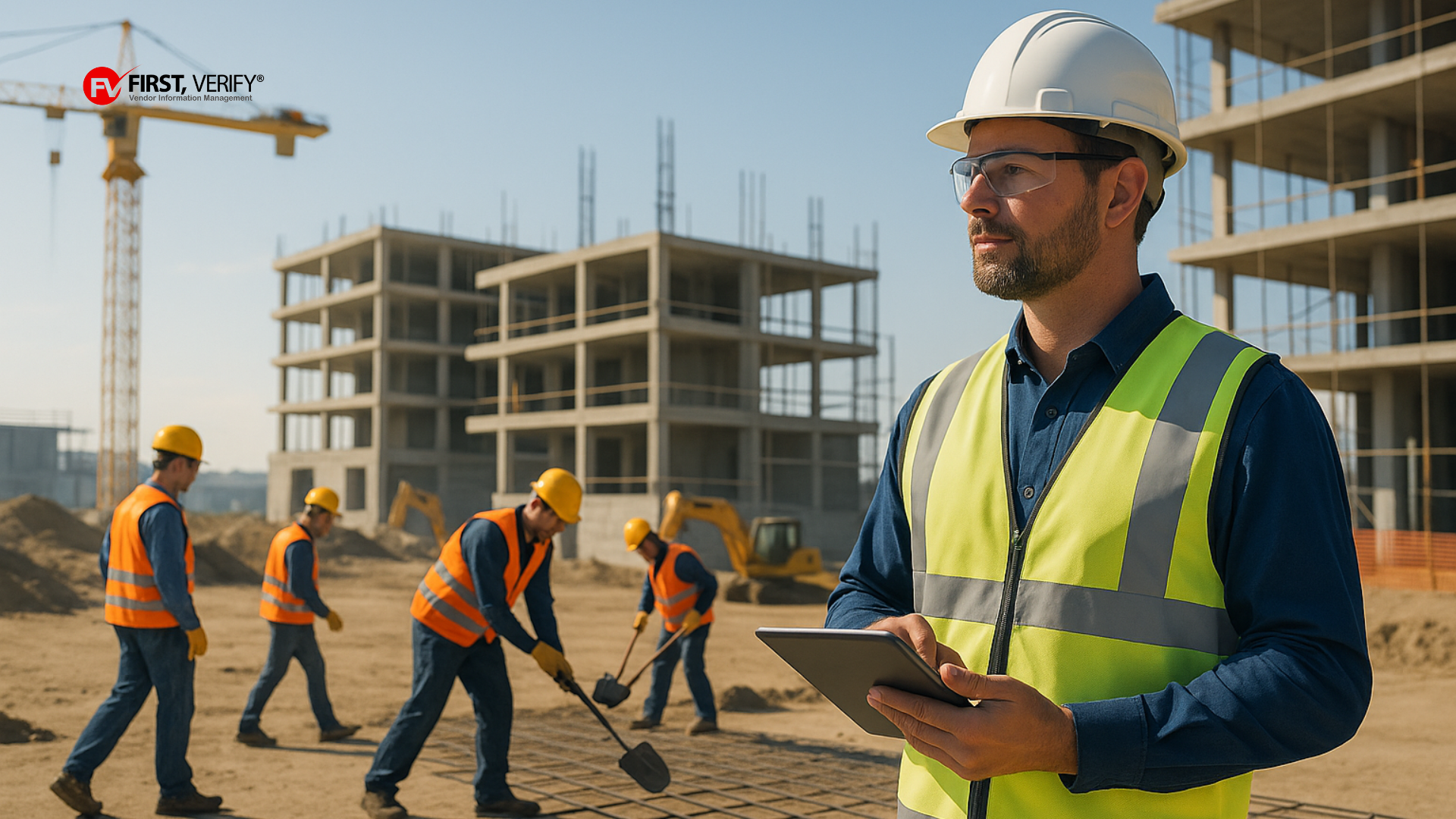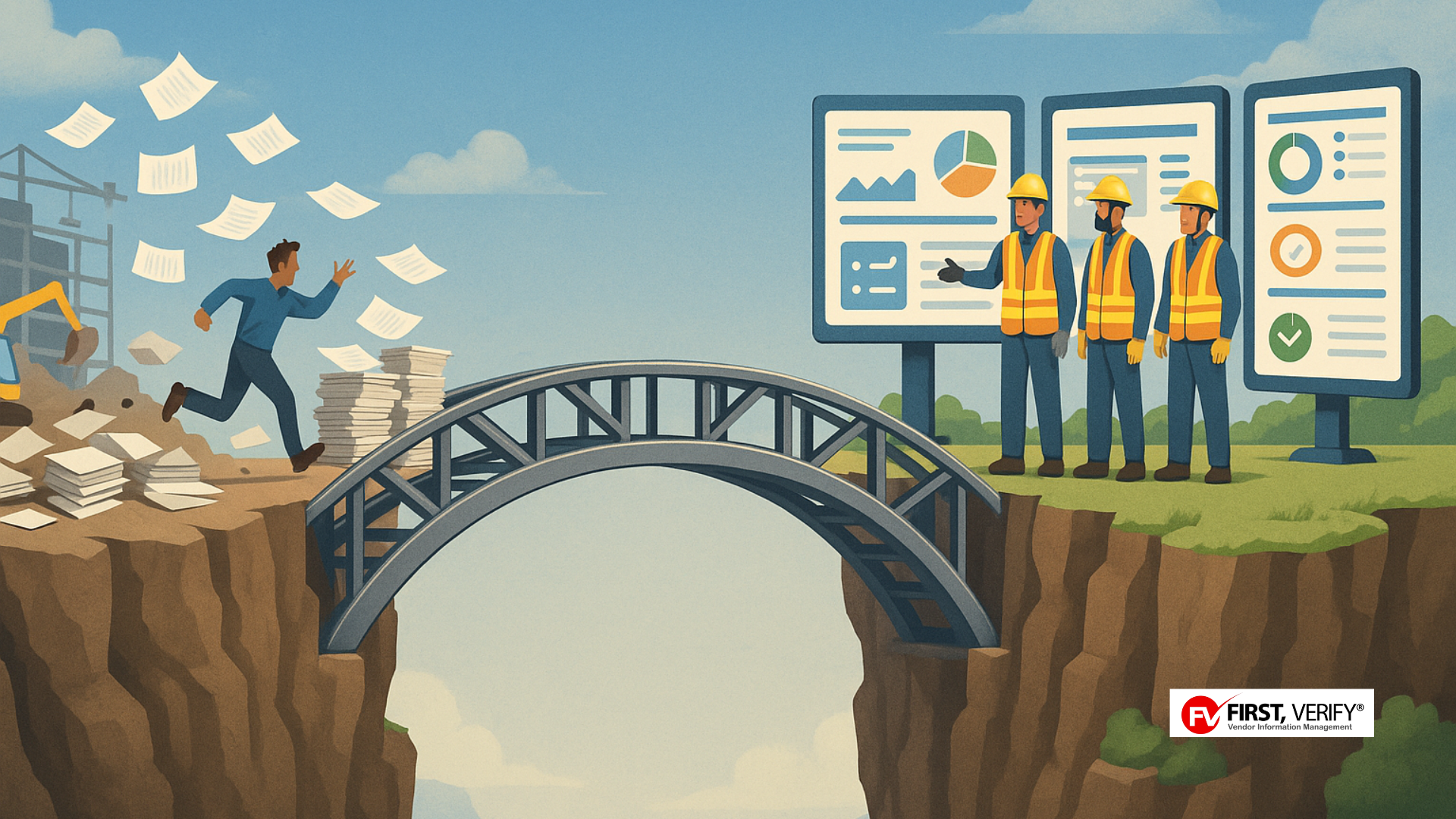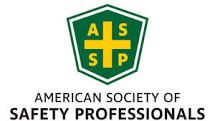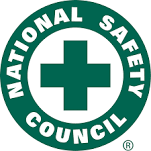Caring About Your Safety Culture - Safety Risks
The remodeling business can expose workers to safety risks not found in static environments like manufacturing: Because the work environment changes continuously, lack of familiarity with each location’s potential dangers alters how those hazards are monitored and avoided. This means that work procedures should emphasize the less tangible skill of situational awareness. This requires an attitude of caring and vigilance on the part of the employee – a genuine commitment to safety.
How do your employees get the right attitude about safety so they can anticipate and avoid hazards? Certainly, an emotionally powerful event – experiencing or witnessing a serious injury – can have a lasting impact and influence attitudes toward safety. But you can’t wait for a harrowing near-miss situation to motivate the rank and file, and you certainly don’t want to orchestrate one just to make safety training more effective!
While it would be nice if all your employees would memorize OSHA 29 CFR 1926.850(b) (Subpart T), plus the other 10,000 provisions in OSHA’s Construction Industry Regulations, the reality is that many people feel invincible and view safety training like they did math homework. This is especially so if their training is focused on dry rules and regulations rather than behavior and culture. That can result in a lack of caring – of careLESSness – that increases the likelihood of injury, and the effort needed to prevent it.
It is said that behavior influences attitude and attitude influences behavior. One of the most effective means of influencing both is through peer pressure, or validation (most youngsters probably wouldn’t try smoking otherwise). Since perceived motives can affect how a message is heard, it matters who delivers that message. Because of this, a rank and file employee can often be more successful influencing fellow employees than a manager can. As such, employees who demonstrate interest and aptitude with safety procedures should be recognized and used as models for desired behavior. Any employees who have personal experience, whether from a near-miss or actual injury to themselves or a co-worker, should be encouraged to share that with the group.
For even greater impact at your safety meetings, try to recruit individuals from outside the company who have suffered serious, even disabling, workplace injuries. If you can recruit someone like this, ask them to explain in detail how their injury has affected their lives. The more vivid and personal the story, the more likely it is that employees will remember and care about it in the future. A dramatic message can have an authentic emotional impact on your employees, increasing the potential for a breakthrough in attitude.
Many years ago, a wise karate instructor in Okinawa named Gichin Funakoshi taught his students a profound lesson that we should all heed today, for very similar reasons. His simple message was, “Carelessness… comes before accidents.”






